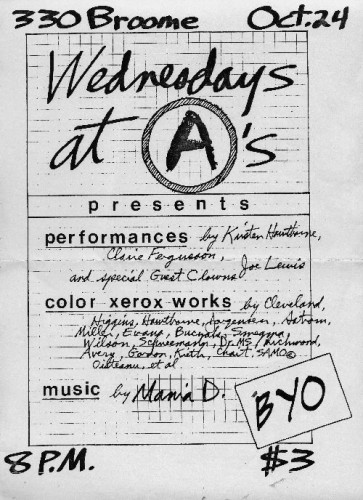|
Jim Crow (1986 Painting)
''Jim Crow'' is a painting created by American artist Jean-Michel Basquiat in 1986. In October 2017, the anti-segregation painting sold for $17.7 million at Christie's Post-War & Contemporary art auction in Paris, becoming the most expensive artwork by Basquiat sold in France. Analysis The artwork is titled after Jim Crow laws, which enforced racial segregation in the Southern United States. The phrase "JIM CROW" is painted at the top center of the painting. Directly below across the whitewashed wooden slats is an almost featureless face of a black figure with glowing red eyes. This head sits atop of a withered body, which dissolves into a skeletal arrangement of ribs and limbs. Behind the figure is the Mississippi River, a natural barrier that divides the eastern states from the rest of the continental United States. As if to indicate the importance of this natural phenomenon, Basquiat spelled out "MISSISSIPPI" across the river in large golden letters. It is also written repe ... [...More Info...] [...Related Items...] OR: [Wikipedia] [Google] [Baidu] |
Jean-Michel Basquiat
Jean-Michel Basquiat (; December 22, 1960 – August 12, 1988) was an American artist who rose to success during the 1980s as part of the Neo-expressionism movement. Basquiat first achieved fame as part of the graffiti duo SAMO, alongside Al Diaz, writing enigmatic epigrams in the cultural hotbed of Manhattan's Lower East Side during the late 1970s, where rap, punk, and street art coalesced into early hip-hop music culture. By the early 1980s, his paintings were being exhibited in galleries and museums internationally. At 21, Basquiat became the youngest artist to ever take part in '' documenta'' in Kassel. At 22, he was one of the youngest to exhibit at the Whitney Biennial in New York. The Whitney Museum of American Art held a retrospective of his artwork in 1992. Basquiat's art focused on dichotomies such as wealth versus poverty, integration versus segregation, and inner versus outer experience. He appropriated poetry, drawing, and painting, and married text and image ... [...More Info...] [...Related Items...] OR: [Wikipedia] [Google] [Baidu] |
